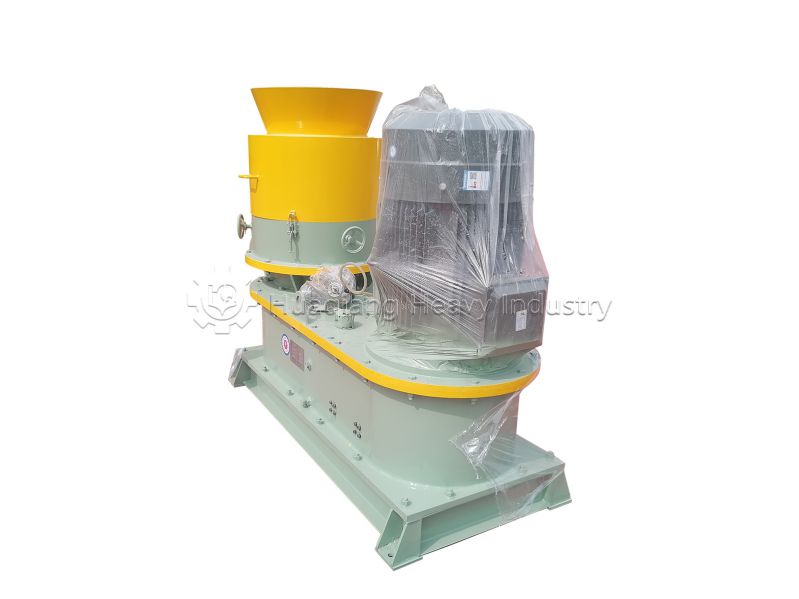In feed processing, biomass energy, and organic fertilizer production, the flat die pelleting machine is an indispensable key piece of equipment. Its efficient and convenient pelleting capabilities provide crucial support for material processing.

The core working component of a flat die pelleting machine is a flat mold (referred to as the "flat die"). Through the relative movement of the pressure rollers and the flat die, various loose materials are extruded into granular products. It is an important device for realizing the resource utilization and morphological transformation of materials. Its structure is relatively compact, mainly composed of four parts: a feeding system, a pressing and forming system, a transmission system, and a control system. The feeding system is responsible for evenly conveying the material to be processed to the pressing and forming area. The flat die and pressure rollers in the pressing and forming system are the core components. The flat die is covered with uniformly distributed die holes. The pressure rollers, driven by the transmission system, roll and press the material into the die holes, ultimately extruding it into pellets. The transmission system provides power for the equipment's operation, while the control system can adjust parameters such as the equipment's speed and feed rate to ensure a stable pelleting process.
In terms of applicable raw materials, the flat die pelleting machine has extremely high compatibility. In the feed industry, it can process mixed powders such as corn, soybean meal, and wheat bran into livestock and poultry feed pellets of different specifications, reducing feed waste and improving animal feed intake efficiency. In the biomass energy sector, agricultural and forestry waste such as straw, wood chips, and sawdust can be crushed and pressed into biomass pellet fuel, achieving waste recycling and contributing to environmental protection. In organic fertilizer production lines, well-rotted livestock and poultry manure, straw compost, and other raw materials can also be converted into pellet organic fertilizer, facilitating storage, transportation, and application, and improving fertilizer utilization.
Compared to other pelleting equipment, the flat die pellet mill has significant advantages. It has a wide adaptability to the moisture content of materials, eliminating the need for complex pretreatment and drying processes, thus reducing initial processing costs. The equipment is simple to operate and maintain, allowing even small and medium-sized enterprises or individual users to quickly master its use. Moreover, the pelleting process does not require the addition of excessive binders, maximizing the preservation of the original nutrients and characteristics of the raw materials, aligning with green production principles.
Today, with the increasing awareness of environmental protection and the growing demand for resource recycling, flat die pelleting machines are being used more and more widely in agriculture, environmental protection, energy and other fields, becoming an important force in promoting the efficient processing and resource utilization of materials.